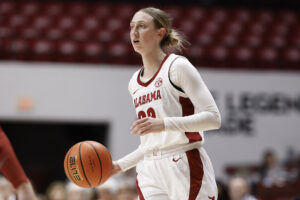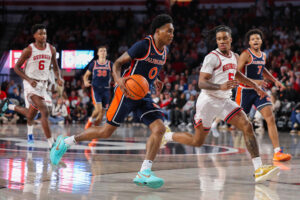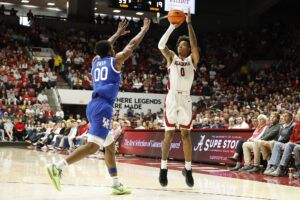Mack Brown needed to shed a label.
After five straight losses to rival Oklahoma, his critics deliberated whether or not Brown was capable of winning the big one. Never mind that ol’ Mack had twice won the Cotton, had won the Rose, and for four straight years won 10 ball games—all of that in a short, seven-year tenure in Austin. Simply put, Brown’s coaching ability was weighed on the Red River scale that the Longhorns had to pass through every year in Dallas.
Brown felt the pressure, felt responsible for Texas’s inability to overcome the Oklahoma Sooners, who held the Big 12 by the throat. Under head coach Bob Stoops, Oklahoma won the 2000 national championship and remained the conference’s marquee team in the early part of the decade. In many instances, the Sooners not only defeated Texas, they destroyed them. In 2000, they rolled up 63 points on the Longhorns, and three years later posted 65.
And it wasn’t like Texas wasn’t good; it was that Oklahoma was simply better. During the five-year streak, Texas posted a 52-11 record while Oklahoma was 60-7.
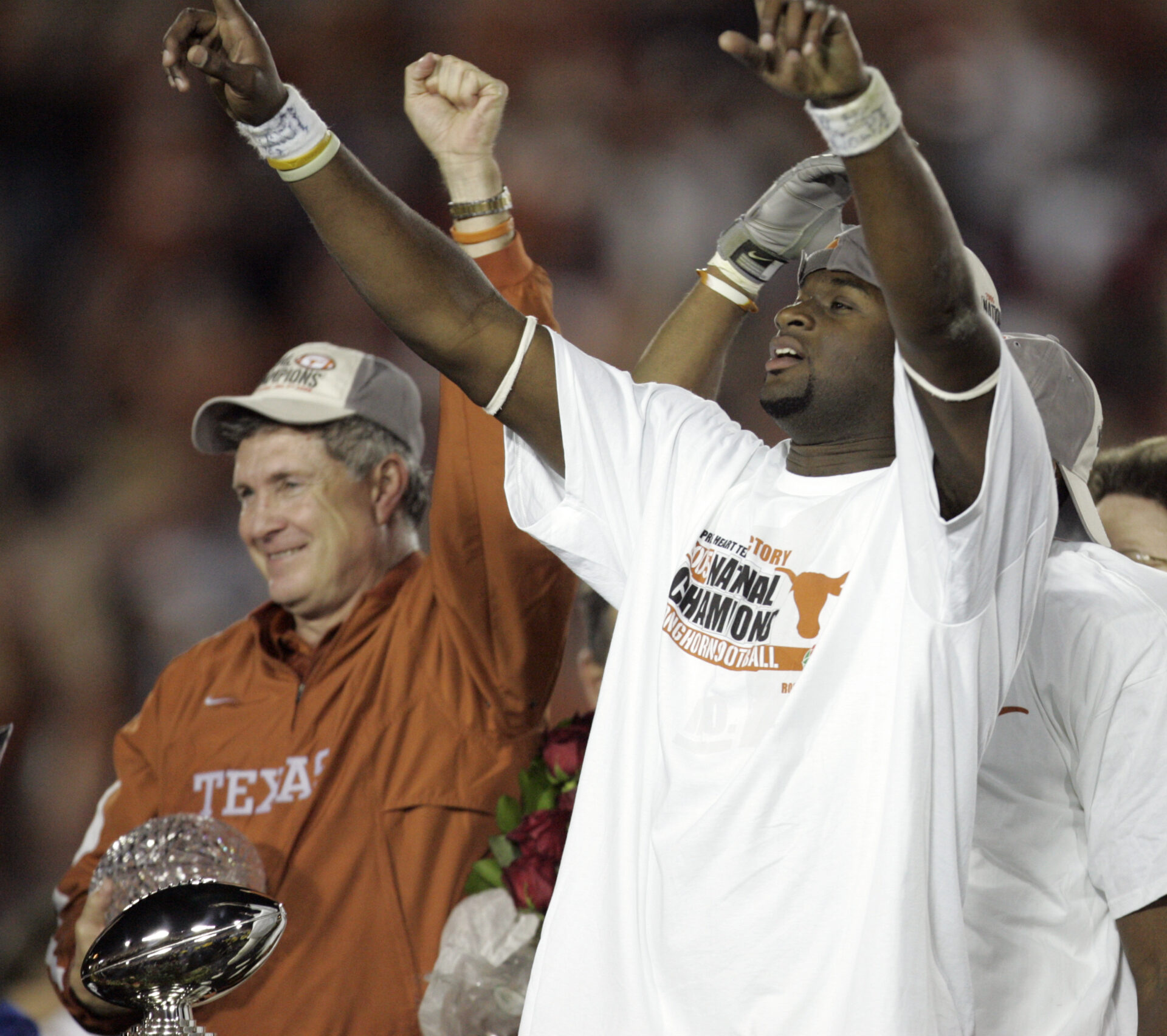
But Texas, inching closer to a win in 2004, held a Sooner offense that featured Jason White and Adrian Peterson to only 12 points. Later that year, Oklahoma played Southern Cal in the Bowl Championship Series (BCS) national championship game in Miami Gardens, Fla., (Orange Bowl) and lost 55-19.
Now the eyes of the nation were upon Texas.
The Longhorns opened up the 2005 season with Louisiana-Lafayette at Darrell K Royal-Texas Memorial Stadium. It was a game that unraveled swiftly for the Ragin’ Cajuns as Texas won 60-3.
The next week, UT traveled to Columbus, Ohio, for a much-anticipated non-conference game with No. 4 Ohio State, led by head coach Jim Tressel. Though the Buckeyes had linebacker A.J. Hawk, center Nick Mangold, and specialist Ted Ginn Jr—all who went on to illustrious pro careers—they could not upend the runaway stagecoach driven by quarterback Vince Young. In a hard-fought 25-22 victory, Young passed for 270 yards and ran for 76 more, and the Longhorn defense, coached by Gene Chizik, held the Buckeyes to only 255 yards of total offense. “Obviously he’s a great runner,” Hawk said of Young. “Tonight he showed us he’s a great passer.”

Returning from their victorious Midwest trip, the Longhorns began a lengthy stampede through the Big 12 schedule where they averaged more than 51 points per contest and held their opponents to 17 points per game. Rice and Missouri went down in succession before the Longhorns faced their longtime nemesis, Oklahoma, on October 8.
The game was billed as the 100thmeeting between the two schools, and despite recent history, Texas was the favorite. Having already lost in the season opener to Texas Christian and against UCLA in Pasadena, Calif., the Sooners were coming into the game unranked at 2-2. But they still had swagger, and a running back named Peterson.
In the first half, Young passed for two touchdowns and running back Jamaal Charles ran for another as the Longhorns stretched out to a 24-6 lead at intermission. Peterson, who gained 225 yards on the Longhorns as a freshman, was hobbling with a sprained ankle and was virtually ineffective. A third touchdown pass by Young with 5:26 left in the third quarter erased any doubt, and Texas cruised to a 45-12 victory.
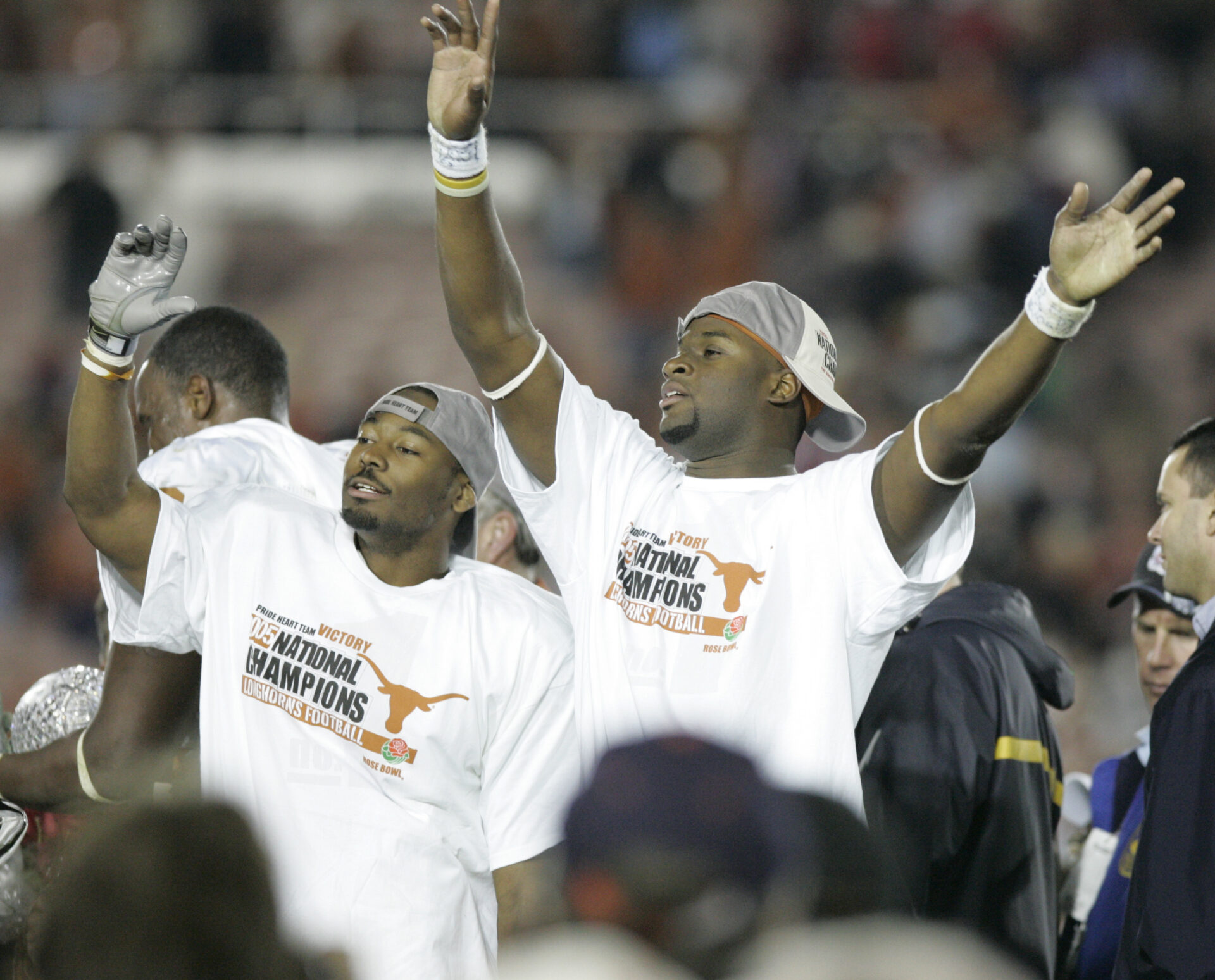
The next week, the Longhorns returned to Austin for a showdown with No. 24 Colorado, coached by Gary Barnett. Joel Klatt, who has since become well known as a college football color commentator, was the senior quarterback for the Buffaloes. But Colorado was no match for Texas, as Young outshined Klatt with 336 passing yards on 25 of 29 passing (86.2 percent).
Now it was mid-October and championship talk—something that hadn’t been a topic in quite some time in Austin—seemed plausible. Since the preseason, USC had been ranked No. 1 with Texas garnering the No. 2 slot, and if both teams could run the table, they would go wire-to-wire into the championship game in Pasadena. USC was the two-time defending national champions and with a roster stocked with Matt Leinart, Reggie Bush, LenDale White, Ryan Khalil, and Dwayne Jarrett, the Trojans were the odds-on favorite to repeat. But Texas had other plans.
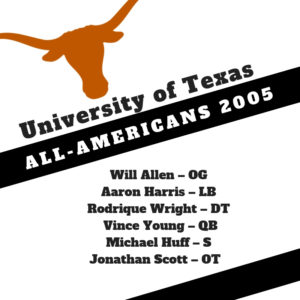
The Longhorns continued their systematic march to destiny on Oct. 22 against 6-0 Texas Tech coached by Mike Leach. Despite Red Raiders’ quarterback Cody Hodges throwing for 369 yards on 64 attempts, the Longhorns held Tech to only two touchdowns in a 52-17 rout.
The following week, Texas played its closest game of this long Big 12 stretch, a contest against Oklahoma State in Stillwater. OSU was struggling through Mike Gundy’s first season, as prior to the matchup with Texas, the Cowboys had dropped four straight in ungallant fashion. Incredibly, Oklahoma State jumped out to a 21-6 lead in the first quarter before Texas slowly climbed back in the game. After the Cowboys led 28-12 at intermission, the Longhorns completely dominated the third quarter. Punctuated by an 81-yard run by Young, Texas scored three touchdowns to surge in front, 34-28. Two more touchdowns in the final quarter iced the game for the Longhorns, who were glad to leave the Sooner state with a victory.

Over the next three weeks, Texas dispatched then-patsies Baylor, Kansas, and Texas A&M to set up a rematch with Colorado in the Dr. Pepper Big 12 Championship Game at Reliant Stadium in Houston. Though the Buffaloes had more championship game experience, having represented the Big 12 North four out of the last five seasons, they were completely dismantled in the rematch. The—gulp—70-3 outcome was the largest margin of victory in Big 12 championship history.
That set up Southern Cal versus Texas in the BCS National Championship Game at the Rose Bowl on Jan. 4, 2006.
Seven days after championship weekend, Young, Leinart, and Bush were invited to New York as finalists for the 2005 Heisman Trophy. Bush, who averaged 8.7 yards per carry on the season, was presented the award after a landslide in the voting. Young later claimed that he was “devastated” he did not win the award because he saw it as a reflection of the team. He would soon find redemption in Pasadena.
In a national championship game for the ages, Texas ended Southern Cal’s reign over the college football landscape with a thrilling 41-38 victory that many consider the best to ever be played. Young was outstanding; the junior ran for 200 yards on 19 attempts and threw for 267 more. He connected on 30 of 40 attempts and was personally responsible for 83 percent of the Longhorns’ offense.
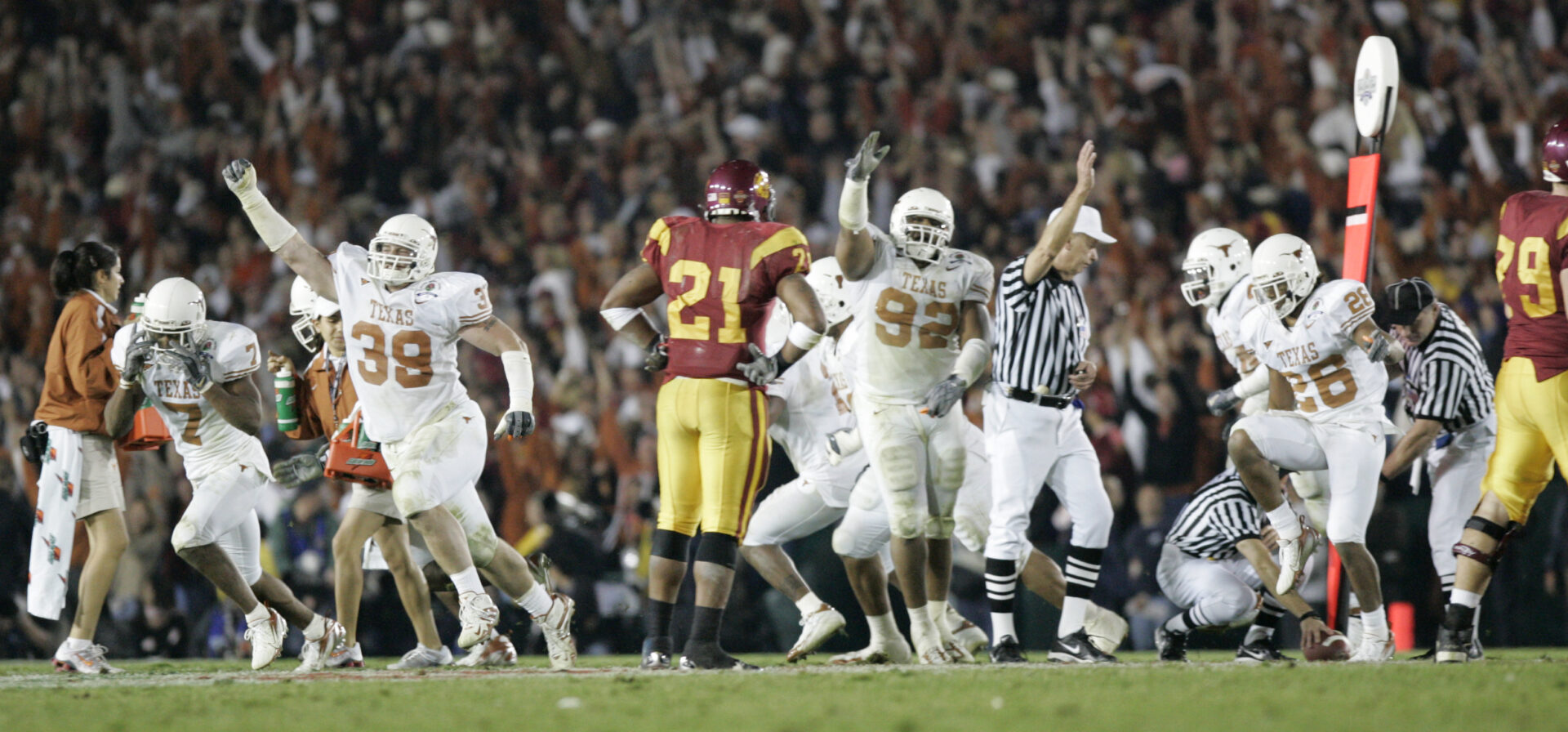
With less than 5 minutes left in the game, Southern Cal was clinging to a 12-point lead, 38-26, and it appeared the Trojans would secure their third national championship in as many seasons. But a 17-yard touchdown scramble for Young brought the Longhorns to within five, 38-33. USC was 4-for-4 in second-half scoring drives, and with time ticking down under 3 minutes in the fourth quarter, head coach Pete Carroll elected to go for it on a 4th-and-2 from the Texas 45.
Bush had not had a particularly good game, and in the waning minutes Carroll favored the more productive White. On third-and-7, Leinart handed off to White, who charged forward for six yards but promptly fumbled. Fortuitously, the ball landed in the arms of USC’s Steve Smith, and the Trojans faced a decision on fourth down.
Now two yards stood between Brown and the “Big One.”
Again, Carroll opted for White on the fourth-down play, and he was stuffed just short of the first down. Texas took over with 2:09 left in the game.
“And the Trojan defense is beleaguered at this point,” announcer Keith Jackson summarized.
Young trotted out and after two insignificant pass plays faced a third-and-12 with the clock reading 1:35. Young connected with Quan Cosby, and though the pass completion was short of the first down, the Longhorns moved the sticks when a facemask call on USC’s Darnell Bing was tacked on to the play.
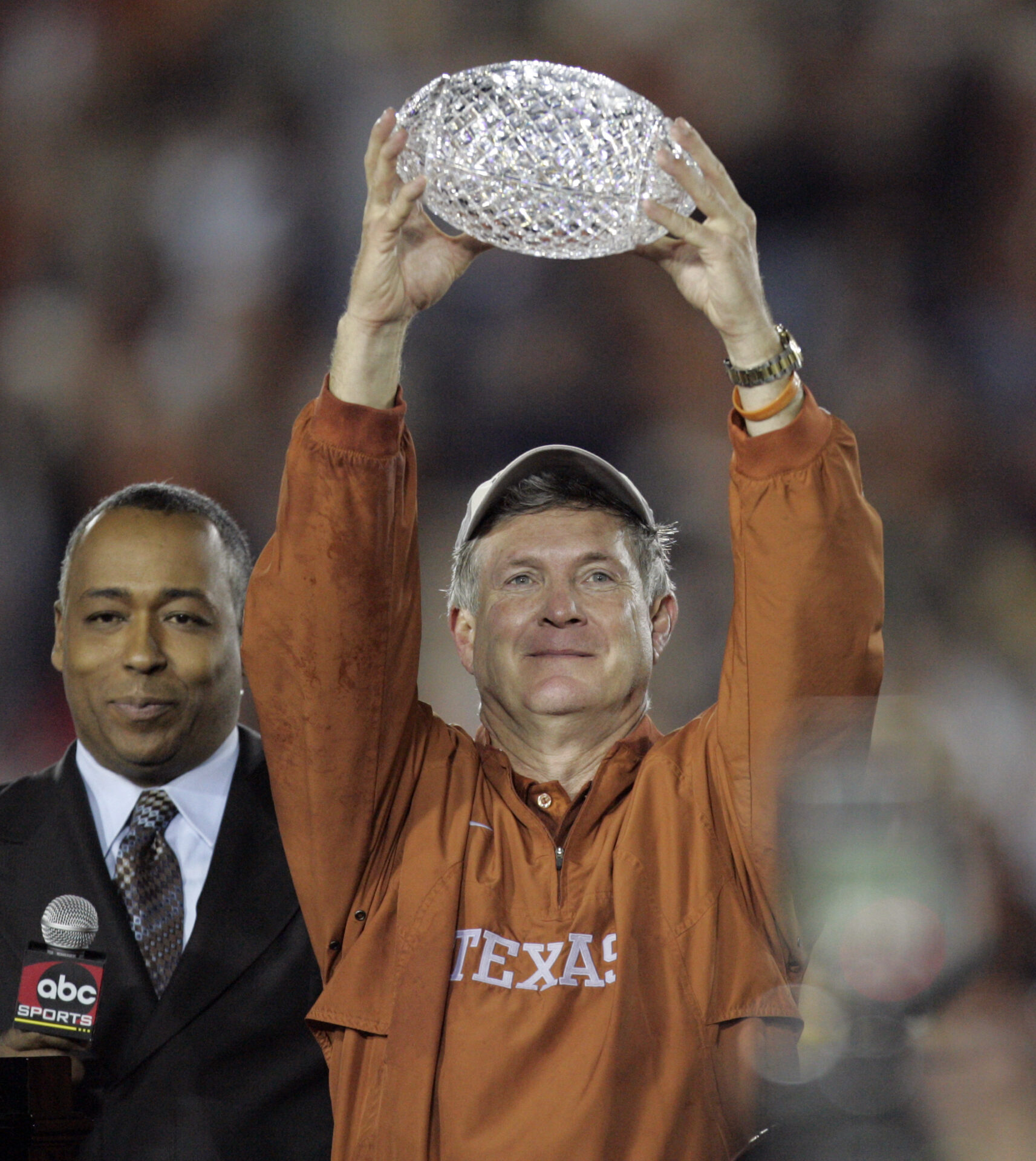
Mixing it up now, Young led the Longhorns down the field with the combination of his patented sidearm sling and his feet. An underneath pass to Brian Carter set up first-and-10 from the USC 13. After an incomplete pass in the back of the end zone, Young tucked it and rumbled for four. But another errant throw by Young on third down set up a fourth-and-5.
In the end, it would be a play that will forever live in the minds of Longhorns from Fort Hancock to Beaumont. Young scrambled to his right, eluded defenders, and tiptoed into the corner of the end zone for the winning score.
Texas had its fourth national championship in school history, and its first in 35 long years since the namesake of Texas Memorial Stadium brought home the UPI championship in 1970.
Through the stellar play of quarterback Vince Young, Brown learned that if you want to snag the “Big One,” you go out and get a bigger hook. H&A
All photos courtesy University of Texas Athletics





